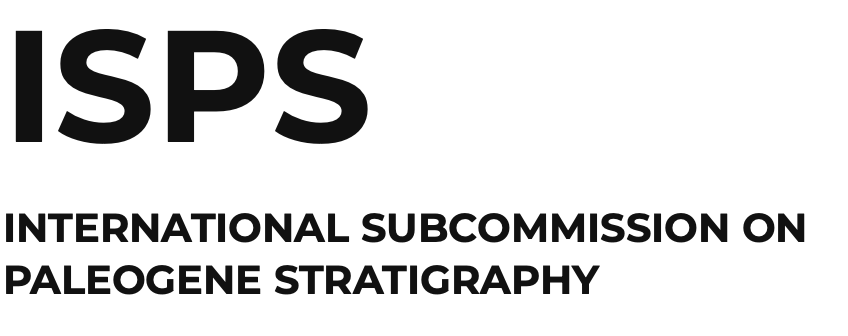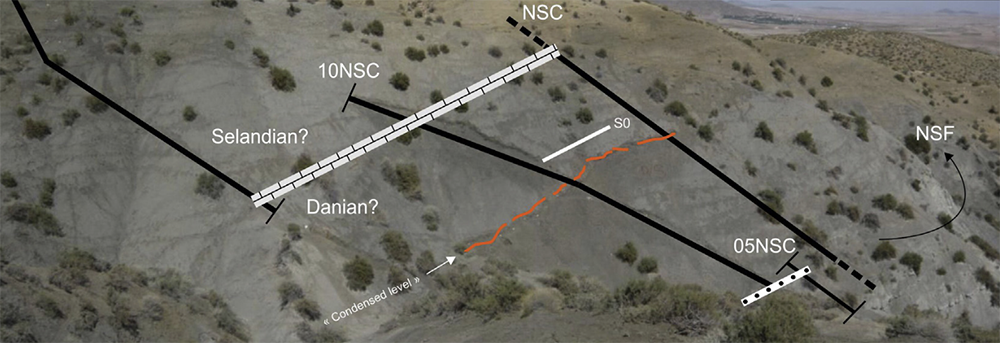The Global Boundary Stratotype Section and Point for the base of the Selandian Stage is defined in the Zumaia section (Spain) at an abrupt change in lithology (base of Itzurun Formation), which coincides with the onset of a negative carbonate carbon isotope shift. However, this lithological change is not always very well expressed in other sections. In order to document the stratigraphic position of the Danian/Selandian boundary (DSB) on a more global scale, in a recent study Storme et al. (2014) have investigated three sections across the DSB: the Zumaia reference section (GSSP), the Loubieng section (auxiliary DSB reference section, France) and the Sidi Nasseur section (Tunisia). The boundary interval was thus investigated from the Altlantic Bay of Biscay to the Southern Tethys, on the basis of seven calcareous nannofossil and planktonic foraminiferal events (E-events). The integration of the biostratigraphic and the isotope data indicates major differences in sedimentation rates during the early Selandian, but there is no evidence of substantial breaks in sedimentation in any of the sections during this interval. The lithological shift at the base of the Selandian points to an abrupt palaeoenvironmental reorganisation, although the integrated bio-chemostratigraphical investigation does not allow for estimating its duration nor the presence of a hiatus at that time.
Reference
Storme J.-Y., Steurbaut E., Devleeschouwer X., Dupuis C., Iacumin P., Rochez G. & Yans J. (2014). Integrated bio-chemostratigraphical correlations and climatic evolution across the Danian–Selandian boundary at low latitudes. Palaeogeography, Palaeoclimatology, Palaeoecology 414, 212–224.


